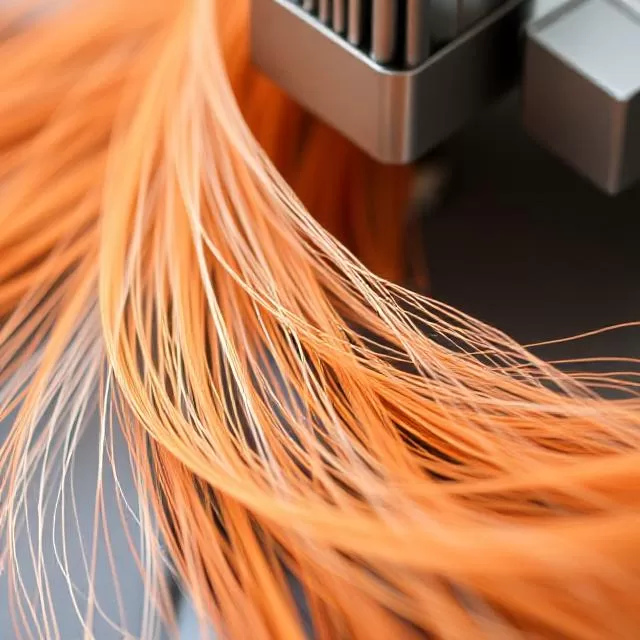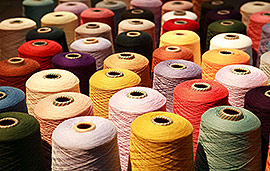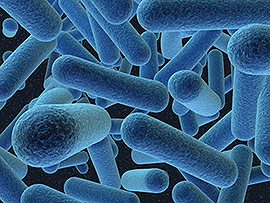The plastics and textile industries are driven by innovation, efficiency, and color precision. One crucial component behind these advancements is the fiber masterbatch — a specially formulated additive that plays a vital role in color and performance enhancement of synthetic fibers.
In this comprehensive guide, we’ll explain what fiber masterbatch is, its manufacturing process, types, applications, and benefits. We’ll also spotlight Charming Masterbatch, a global leader in high-quality color and functional masterbatch solutions.

Table of Contents
- 1. Introduction to Fiber Masterbatch
- 2. What is Fiber Masterbatch Made Of?
- 3. Main Types of Fiber Masterbatch
- 4. How Fiber Masterbatch is Manufactured
- 5. Advantages of Using Fiber Masterbatch
- 6. Key Applications in the Textile & Plastic Industry
- 7. Charming Masterbatch: Excellence in Color & Functionality
- 8. Summary Table: Key Takeaways
- 9. Frequently Asked Questions (FAQs)
- 10. References
1. Introduction to Fiber Masterbatch
A fiber masterbatch is a concentrated mixture of pigments, additives, and carrier resins that are used to color and enhance the properties of synthetic fibers like polyester, nylon, and polypropylene. It is added during the fiber extrusion or spinning process to ensure consistent coloration and performance.
Instead of using raw pigments directly, manufacturers use fiber masterbatch for better dispersion, uniformity, and processing efficiency. It provides vivid colors, enhanced UV stability, anti-static properties, and flame retardancy — depending on the formulation.
2. What is Fiber Masterbatch Made Of?
Fiber masterbatch typically consists of three key components:
- Pigments or Dyes: These provide the desired color shade or optical effect in fibers.
- Carrier Resin: The base material that disperses the pigment into the polymer, commonly PP, PET, or PA.
- Additives: Functional chemicals like UV stabilizers, antistatic agents, or flame retardants to enhance fiber performance.
The carrier resin ensures compatibility with the target fiber polymer, which improves mixing and uniform dispersion during fiber spinning.
3. Main Types of Fiber Masterbatch
Depending on the purpose and application, fiber masterbatch can be categorized into two major types — color masterbatch and functional masterbatch.
1. Color Masterbatch

Designed for coloration and aesthetic enhancement, color masterbatch provides bright, uniform shades across synthetic fibers. It ensures color consistency, reproducibility, and long-term stability.
- Ideal for polyester (PET), polypropylene (PP), and nylon (PA) fibers
- Used in textiles, carpets, and nonwoven fabrics
2. Functional Masterbatch

Functional masterbatch adds performance-improving additives to fibers, such as:
- Antimicrobial Masterbatch: Prevents bacterial growth in textile fibers.
- Antistatic Masterbatch: Reduces static buildup in synthetic fabrics.
- Flame Retardant Masterbatch: Provides fire-resistant properties for industrial or home textiles.
- UV Stabilizer Masterbatch: Protects outdoor fabrics from degradation due to sunlight.
These functional types are essential in specialized applications such as medical textiles, automotive fabrics, and outdoor materials.
4. How Fiber Masterbatch is Manufactured
The manufacturing process of fiber masterbatch requires advanced equipment and strict quality control to ensure consistent performance. Below is an overview of how it’s typically made:
- Step 1: Raw Material Preparation — Pigments, carrier resin, and additives are precisely weighed and pre-mixed.
- Step 2: Twin Screw Extrusion — The mixture is processed in high-performance twin screw machines for optimal pigment dispersion.
- Step 3: Cooling & Pelletizing — The extruded compound is cooled and cut into uniform pellets or granules.
- Step 4: Quality Testing — Each batch undergoes color matching, dispersion, and performance testing before shipment.
The use of German twin-screw extruders and advanced pigment dispersion technology ensures high stability and batch-to-batch color consistency — as exemplified by Charming Masterbatch.
5. Advantages of Using Fiber Masterbatch
Using fiber masterbatch instead of raw pigment powders provides several important benefits:
- Improved Color Consistency: Ensures uniform color tone across all fiber products.
- Enhanced Dispersion: Prevents clumping or streaking of color pigments.
- Better Processability: Simplifies feeding and mixing during fiber extrusion.
- Clean Production: Reduces dust contamination and improves operator safety.
- Cost Efficiency: Reduces waste and improves yield during manufacturing.
- Added Functionality: Integrates UV, antimicrobial, and flame-retardant features directly into the fiber structure.
6. Key Applications in the Textile & Plastic Industry
Fiber masterbatch has diverse applications across multiple industries, especially in the production of synthetic fibers, textiles, films, and nonwovens.
1. Textile Industry
- Coloring of polyester and nylon yarns
- Production of colored fabrics, carpets, and apparel
- Functional fabrics with antimicrobial or flame-retardant features
2. Nonwoven Industry
- Used in hygiene products, filters, and medical textiles
- Ensures UV protection and antistatic performance
3. Plastic Film and Packaging
- Color and performance enhancement for PP, PET, and PE films
- Improves mechanical strength and stability under UV exposure
4. Automotive and Industrial Fabrics
- Used for seat covers, air filters, and insulation materials
- Enhances durability and heat resistance
7. Charming Masterbatch: Excellence in Color & Functionality

Charming Masterbatch stands as one of China’s most reliable and innovative masterbatch manufacturers, offering complete color and functional masterbatch solutions to clients worldwide.
Equipped with advanced German twin-screw machines and decades of experience in pigment dispersion technology, Charming ensures top-quality performance, stable color output, and customized technical solutions.
Global Presence and Technical Expertise
- Exports to over 18 countries including Europe, South America, Southeast Asia, Middle East, and North Africa.
- Renowned for its consistent quality and excellent customer service.
- Provides complete technical support and cooperative product development to help customers solve practical challenges.
Charming Masterbatch Product Range
- Color Masterbatch
- Fiber Filament / BCF / Nonwoven Masterbatch
- Film / Plastic Masterbatch
- Functional Masterbatch:
Through innovation and collaboration, Charming Masterbatch continues to grow globally — sharing its technology and helping industries achieve vibrant, functional, and sustainable fiber products.
8. Summary Table: Key Takeaways
| Aspect | Details |
|---|---|
| Definition | A pigment and additive concentrate used to color and enhance synthetic fibers. |
| Main Components | Pigments, carrier resin, and additives (UV, antistatic, flame-retardant, etc.) |
| Benefits | Improved color uniformity, dispersion, and performance; cost-effective and clean processing. |
| Applications | Textiles, nonwovens, packaging films, and automotive fibers. |
| Leading Manufacturer | Charming Masterbatch – offering advanced solutions with global reach. |
9. Frequently Asked Questions (FAQs)
What is the difference between color and fiber masterbatch?
Color masterbatch focuses on pigmentation, while fiber masterbatch can include both color and functional additives specifically for fiber production.
Can fiber masterbatch be used in PET or nylon?
Yes, fiber masterbatch is compatible with polymers like PET, PP, and PA depending on the carrier resin formulation.
What makes Charming Masterbatch unique?
Its German-engineered production technology, strict quality control, and global technical support make Charming a trusted partner in masterbatch innovation.
How does fiber masterbatch improve sustainability?
By ensuring efficient pigment dispersion, it reduces material waste, improves recyclability, and enhances fiber longevity.
